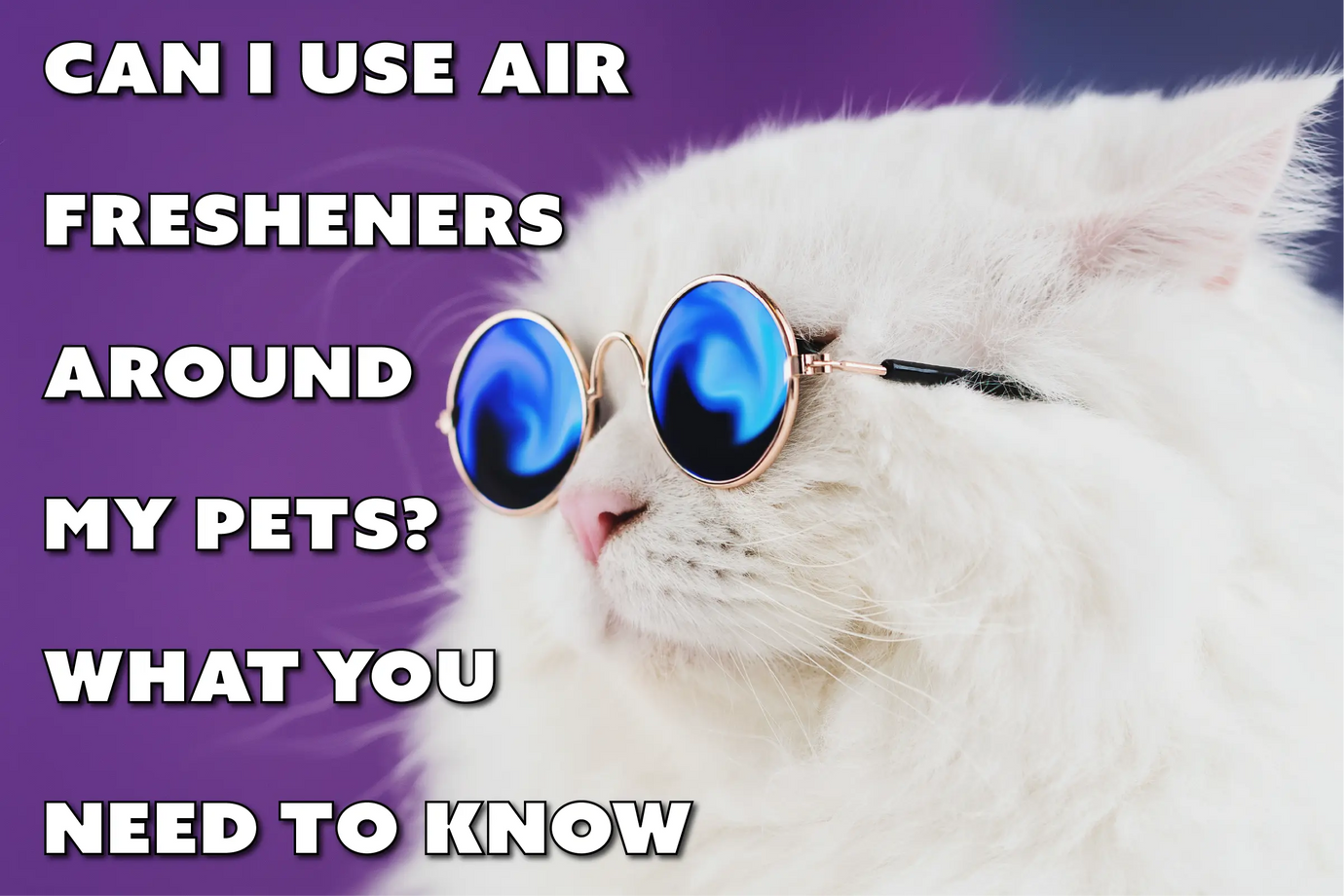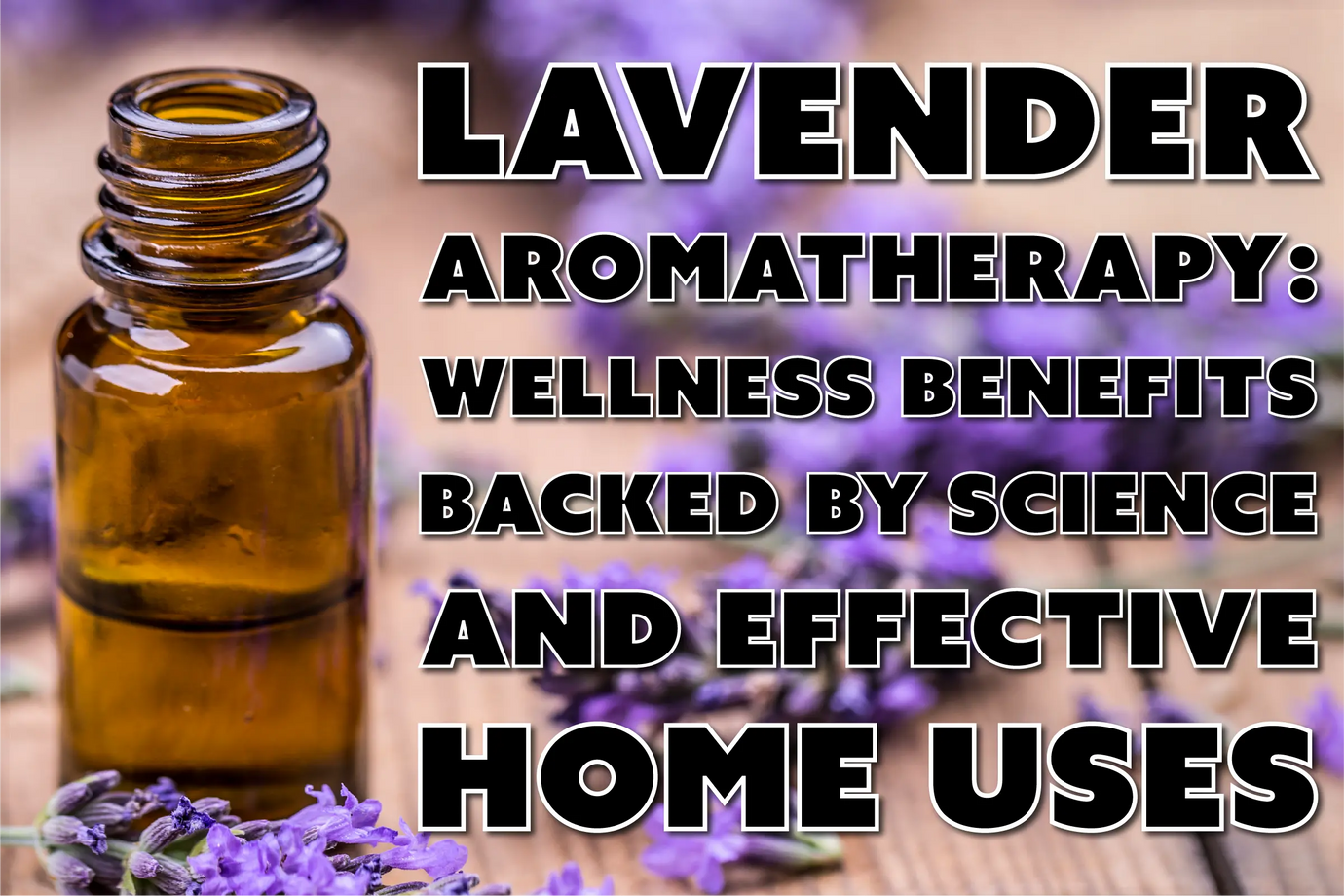How to Remove Smoke Odor from Your Car: Proven Steps and Quick Fixes
Smoke odors in a car can be next-level annoying. They’re not just unpleasant, they can seriously affect the resale value of your vehicle and even give passengers a headache.
Whether you’re a smoker yourself or recently acquired a smoked-out vehicle, getting rid of that stubborn smoky stench often takes more than an air freshener.
Let’s break it all down, from the science of smoke sticking to surfaces to a full cleaning roadmap, plus a quick fix using oil-based smoke odor eliminators when time is short.
🔬 The Science: Why Smoke Odor Is So Hard to Get Rid Of
When weed & tobacco burn, they release microscopic particles and gases into the air. These particles are called volatile organic compounds (VOCs), and they float around and settle everywhere. They don’t just sit on top of surfaces either, they soak in, especially into porous materials like:
- Upholstery
- Carpeting
- Headliners
- Seat cushions
- Air conditioning vents
Cigarette smoke contains oily tar and nicotine compounds. These substances cling like crazy to anything they touch. And the longer the exposure, the deeper they embed.
In short, you’re not just fighting a smell; you’re fighting a chemical cocktail that's gotten cozy with your car’s interior.

🚗 Step-by-Step Guide to Removing Smoke Odor from Your Car
Step 1: Air It Out
Start with the basics.
- Roll down all windows or open all doors.
- If it’s safe and sunny, let the car sit open for a few hours.
- Place a fan or two inside the car to boost ventilation.
Fresh air helps evaporate VOCs, making the deeper cleaning more effective.

Step 2: Remove All Trash & Ash
Even if your car looks clean, check every corner. Ash and burnt residue hide:
- In cup holders
- Under seats
- In the glove compartment
- In seat belt crevices
- In door pockets (aka side pockets)
Toss out any lingering cigarette butts or ash-stained items. Smoke smell loves to hang onto the tiniest remnants.

Step 3: Replace the Cabin Air Filter
Your cabin air filter is a big-time smoke sponge. It traps particles that pass through your HVAC system—and when clogged with smoke, it’ll just keep recirculating the odor.
You can usually replace it for $15–$30, and it's a simple job for most vehicles. (Check your owner’s manual or YouTube tutorials for a guide.)

Step 4: Vacuum Everything (and We Mean Everything)
Use a high-power vacuum with attachments and tackle:
- Seats (top, sides, and bottom)
- Floor mats and carpets
- Headliner (gently!)
- Dash vents and under seats
Pro Tip: If you have access to a HEPA vacuum, use it! It’ll catch even more odor-causing particles.

Step 5: Deep Clean Upholstery & Carpet
For this next step, you’ll need to shampoo and steam clean all fabric surfaces in your vehicle, including:
- Seats
- Carpets
- Floormats
- Headliner (Gently!)
The headliner of a vehicle is usually the worst smoke absorber. It’s also more fragile than other areas of your car. As such, you may want to forgo steam cleaning the headliner and instead lightly scrub it with a microfiber towel soaked in an upholstery-safe cleaner.
Once you’ve finished cleaning your car’s upholstery, let the car air out again to remove any residual moisture that’s left behind. Consider placing fans to blow air through the vehicle and speed up the evaporation process.
🚫 Warning: Don’t oversaturate your seats or headliner. Water damage and mold will give you a whole new set of problems.

Step 6: Clean All Hard Surfaces
Wipe down every non-fabric surface with an all-purpose cleaner:
- Dash
- Door panels
- Steering wheel
- Seat belts
- Center console
- Inside the windows (tar sticks here too!)
Smoke leaves a greasy film behind, so go over every inch of these surfaces at least twice with a clean microfiber cloth.

Step 7: Deodorize the HVAC System
Smoke gets into your air vents and just chills there, waiting to make a comeback. Here’s what to do:
- Turn the A/C on full blast & set it to recirculate.
- Spray a vent deodorizer or disinfecting spray into the outside air intake (usually located under the windshield).
- Let the car run for 10-20 minutes with the windows down.
Bonus: You can also try an ozone treatment (available at many detailers or rental places) to neutralize odors at the molecular level. Just be sure you’re not in the vehicle when you’re doing the treatment, as it’s not safe to inhale.
Step 8: Let Baking Soda Work Its Magic
Once everything is clean and dry, sprinkle baking soda on the seats and carpets. Let it sit overnight, then vacuum it up the next day.
This old-school trick absorbs any lingering smells hiding in fabrics.
⚡ Quick Fix: BluntPower Smoke Odor Eliminators
When you don’t have time to give your car the full spa treatment, BluntPower Smoke Odor Eliminator Sprays can step in and save the day. These concentrated car sprays are made with pure essential oils, and our heavy-hitting formula doesn’t just mask smoke odors: it binds to smoke particles and neutralizes them.
Why BluntPower Works So Well For Smoke Odors:
- Oil molecules trap and dissolve VOCs.
- They cling to surfaces longer, offering extended odor control.
How to Use BluntPower Smoke Odor Eliminator Sprays:
- Choose a scent you’ll love. These sprays deliver a long-lasting aroma.
- Mist lightly across seats, carpets, and under the seats.
- Don’t overdo it! A little goes a long way.
- Reapply weekly or after heavy use of the car.
✨Pro Tip: For more effective odor control, spray your cabin air filter too!

✅ Maintenance Tips to Keep Your Car Smelling Fresh
Once you’ve put in the work to detox your ride, don’t let it slide back into stinkville. Try these:
- No smoking in the car (obviously)
- Use activated charcoal bags or coffee grounds to absorb moisture and smells
- Crack the windows when parked (weather permitting)
- Wipe down surfaces weekly
- Regularly air out your vehicle and clean the floor mats
🧠 FAQs: Removing Smoke Odor from Cars
How long does it take to remove cigarette smell from a car?
It depends. A light smoke odor might take just a few hours, but heavy, long-term smoke can take days or even multiple rounds of deep cleaning.
Can I use vinegar to get rid of the smoke smell?
Yes! White vinegar is a great natural deodorizer. Leave a bowl of vinegar in the car overnight, or mix it into a DIY cleaning solution.
Are ozone generators safe to use in cars?
Yes, but only when the car is unoccupied. Ozone can be harmful to humans and pets while it’s active. Always air out the car thoroughly after use.
Does Febreze work for smoke smell?
Temporarily, yes. But Febreze mostly masks the odor. Instead, we recommend BluntPower Smoke Odor Eliminator Sprays. Their oil-based formula neutralizes smoke particles more effectively and lasts significantly longer. For true long-term results, deep cleaning is a must.
How much does professional smoke removal cost?
A full interior detail with ozone treatment can cost between $150 – $300, depending on your area and vehicle size.
🎯 Final Thoughts: Fresh Car, Clear Mind
Getting rid of smoke odor in your car isn’t just about smell; it’s about reclaiming your space. Whether you're preparing to sell your vehicle, giving it a post-party reset, or just tired of driving in a fog of old smoke, a thorough clean-up is 100% worth it.
And hey, if you’re short on time, those oil-based odor eliminators are a lifesaver for instant freshness. Just don’t forget that real results come from tackling the odor at its source.










